Land of her mother
Tsering Wangmo Dhompa uses poetry because words don’t suffice. As the first Tibetan poetess to be published in English, she transcends language and the barriers of space and time to return to her Phayul, her father land.
Her first book of poetry Rules of the House was published in 2002, and other books came thick and fast: My Rice Tastes Like the Lake, In the Absent Every Day, In Writing the Names and Recurring Gestures But even when she writes prose, like her latest book A Home in Tibet, the sentences are crafted like verse with delicious descriptions of the mountains and lakes of Tibet, and evocative memories of her mother.
Tsering Wangmo’s mother, Tsering Choden Dhompa, died in a tragic car crash on new year’s day in 1994 on the Grand Trunk Road on her way from Dharmashala. Mother and daughter were very close and hoped one day to go back to their ancestral village in Kham in eastern Tibet which Tashi Dolkar left when she was 14, making the great trek over the mountains to Nepal like thousands of other Tibetans.
Tsering Wangmo travels to a land of her mother that she has never seen, and looks at everything through her mother’s eyes: dewy petals on the plateau’s high pastures, yaks grazing in lonely valleys, the shadows of clouds creeping up the green landscape of a brief Tibetan summer.
In Kyegu, she sees flowers which her mother has shown her in exile in Nepal and Dharmashala, noticing thet they are even prettier in Tibet. This paragraph from her prologue to A Home in Tibet is one of the most wrenching sentences I have read about the pain of exile:
‘The flowers in Tibet were always taller, more fragrant and vivid. Her descriptions, imprecise but unchanging from year to year had led me to an inevitable acceptance that her past was unequalled by our present lives.
She would tell me of the knee-deep fields of purple, red and white — plants never named or pointed out to during our years in India and Nepal —that over time served to create an idea of her father land, phayul, as a riotous garden. I pictured her wilderness paradise by comparing them not to the marigolds, daisies and bluebells I crushed with my fingers, but to the shapes of household artefacts around me: lollipop, broom, bottle. Disparate objects that surrendered to and influenced the idea, space and hope of a more abundant and happy place.’
Tsering Wangmo’s mother kept assuring her daughter that they would return to Tibet some day, and that their nomadic life in exile was temporary. She writes: ‘It was easy to accept that idea in our two-room house in Dharamsala where everything we owned fit into the four aluminum steel suitcases under our two twin cots.’ It is almost as if Tashi Dolkar somehow knew she would never go back, and wanted to instil in her daughter a deep love for a phayul she had never seen.
So, after the death of her mother Tsering Wangmo makes a journey to Kham which is actually a pilgrimage to the land of her ancestors and a journey to recognise the old Tibet of her mother’s memories, and the new Tibet that it has become since 1959. She has never been here, but everything is familiar to her. It is a homecoming that mother and daughter had together imaged and imagined.
It is difficult to read A Home in Tibet without a deep dull ache inside when you come to sentences like these: ‘Here in Tibet live the people my mother taught me to love before I met them. We are family, and love has undetermined aptitude and great hunger.’ You need not be Tibetan to recognise the universal emptiness of homelessness, and the joys of reunion with one’s roots. Confront cruelty with kindness, harshness with hope, seems to be Tsering Wangmo’s message as she ends the book with a final prayer: ‘There is great strength in believing that things will eventually right themselves. Because they must.’
After her mother died, Tsering Wangmo Dhompa went on to college at the University of Massachusetts and did her MFA in Creative Writing from San Francisco State University. She is now teaching and pursuing a doctorate in English Literature at the University of California at Santa Cruz.
Every year mother and daughter undertook a long pilgrimage from Dharmashala to Bodh Gaya and Kathmandu, and the two got a chance to bond well on the road. Travelling overland, meeting monks and fellow exiles from Kham, Tsering Wangmo now thinks her mother was trying to imprint her daughter with a Tibetan identity inseparable from a devotion to Buddhism. Her mother may also have been preparing her for the future: ‘She wanted me to have people who loved me so that if something happened to her, I would have familiar faces to turn to. In this way my mother took care of my future.’Many of those familiar faces will be present at the launch of A Home in Tibet in Kathmandu on Friday.
When she finally travels to her mother’s birthplace, Tsering Wangmo finally discovers where she came from: ‘I have come to rely on Dhompa with the foolish comfort that comes in knowing there is a place in the world where generations of my family have lived and died. That thought serves to ground me when I feel unmoored by my transnational nomadic existence.’



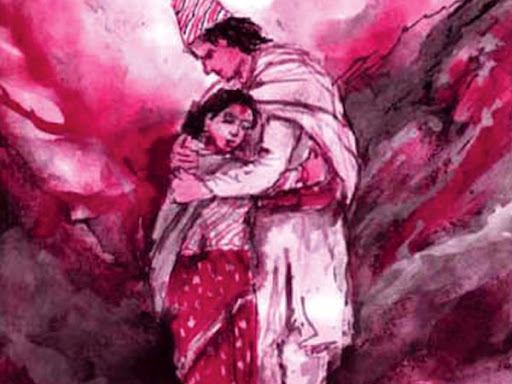
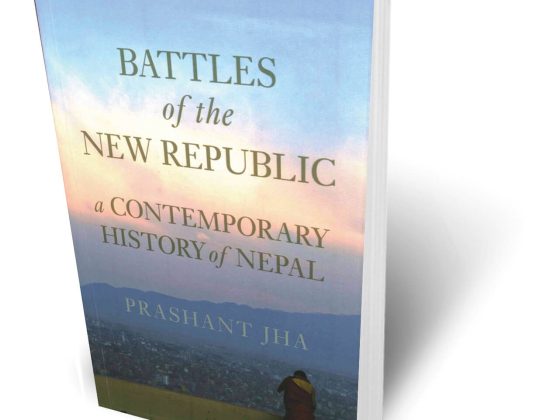
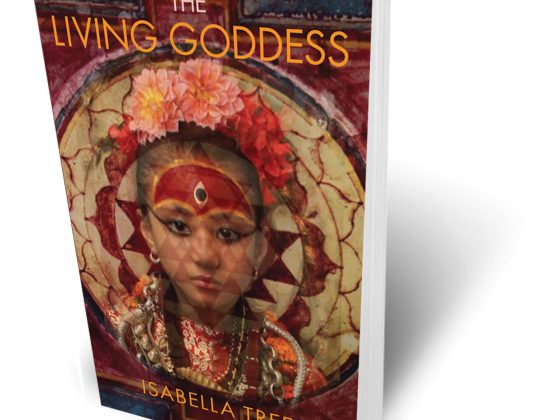
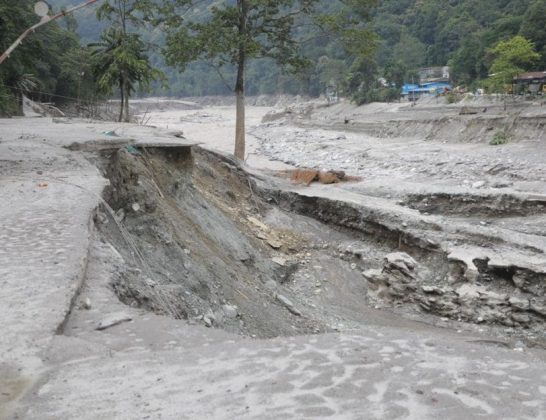
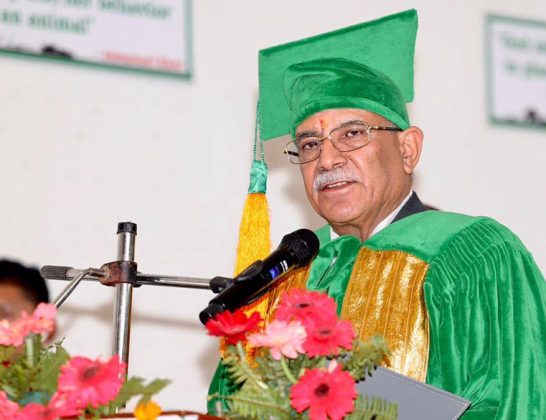





Comments